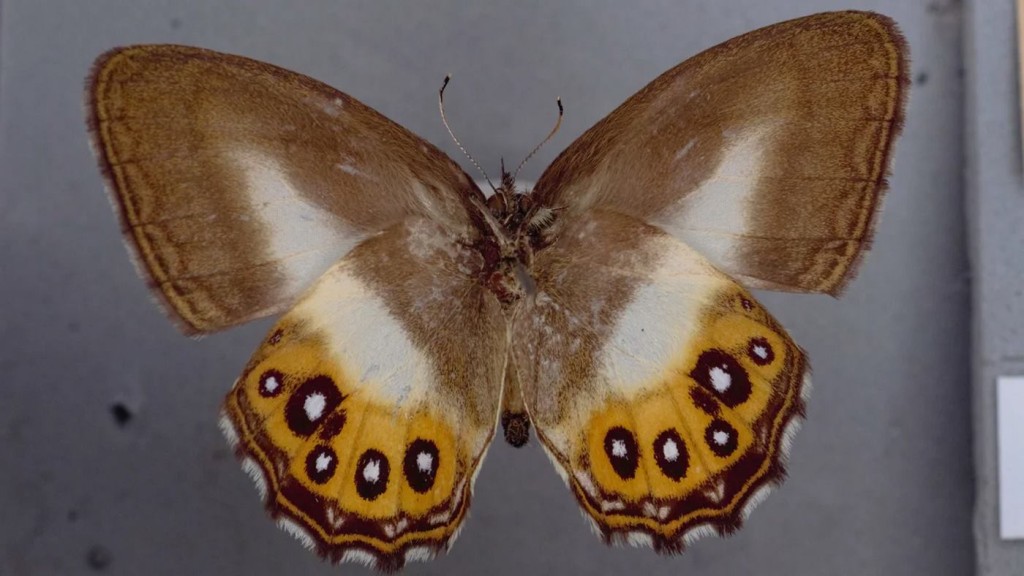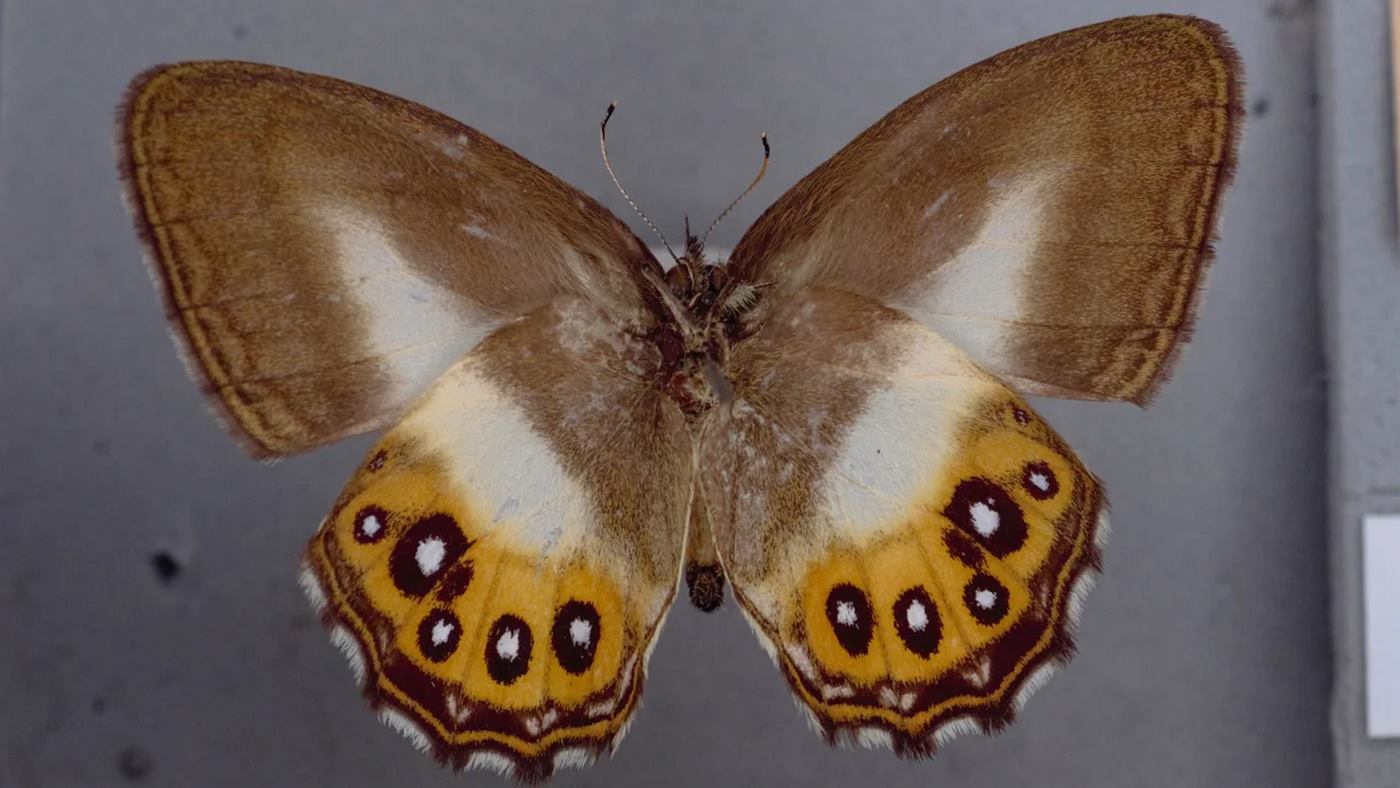
A genus of orange and brown butterflies that had been excruciatingly hard to define and separate has been called Saurona after the Dark Lord antagonist from J.R.R. Tolkien’s The Lord of the Rings.
Any old scientist can name a species—there are tens of millions out there that have needed a name. But naming a genus is a rare honor—one in this case that fell into the lap of a fellow Tolkienite.
The Eye of Sauron depicted in the film adaptation of one of the three most-sold book series in history is like a cat’s eye, with white-orange flames around both the iris and the flaming exterior.
In the case of the butterfly which gave Dr. Blanca Huerta and Keith R. Willmott the idea, white streaks around the interior of the wings trace the path of Sauron’s fiery iris, while a set of orange tips on the hindwings serve as the flaming exterior.
“Naming a genus is not something that happens very often, and it’s even more rare to be able to name two at once,” Dr. Huertas, who works as senior curator of Lepidoptera at the Natural History Museum in London, said in a press release entitled “Fly you Fools.”
The second genus they are able to name was Argentaria which means “silver” and refers to the silvery profile of the butterfly’s wing scales.
While there are currently only two members of this precious new genus—Saurona triangula and Saurona aurigera—many more as-yet-undescribed species are thought to exist.
RELATED: Dozens of J.R.R. Tolkien’s Paintings and Maps Are Now Online to Inspire Adventure
The paper published on Saurona is actually the culmination of a decade’s worth of work attempting to grapple with the identification of a subtribe of butterflies called Euptychiina. These particular butterflies are “widely regarded as one of the most taxonomically challenging groups among all butterflies,” their study details.
“I work in the museum with the largest collection of butterflies in the world, and I have 70,000 little brown things just looking all the same,” Huertas told CNN. “They really challenge (scientists) because they’re very similar to each other.”
Utilizing the Natural History Museum’s collection, the team was able to parse 449 species split between 9 genera out of the Euptychiina.
MORE BUTTERFLY RESEARCH: Scientists Discover Butterflies Originated in America 100 Million Years Ago When Upstart Moths Wanted to Bask in the Sun
“What this paper shows is that there are just hundreds and hundreds of species that we don’t know yet, that haven’t been named,” Robert Robbins, research entomologist and curator of Lepidoptera at the Smithsonian National Museum of Natural History, who wasn’t involved in the study, told CNN.
“This paper takes a very difficult and large group of butterflies, and they just amassed an immense amount of DNA information over the years and just brought it all together… It’s a very fine scientific paper.”
SHARE This LOTR-Inspired Scientist And Their Work With Your Friends…




















